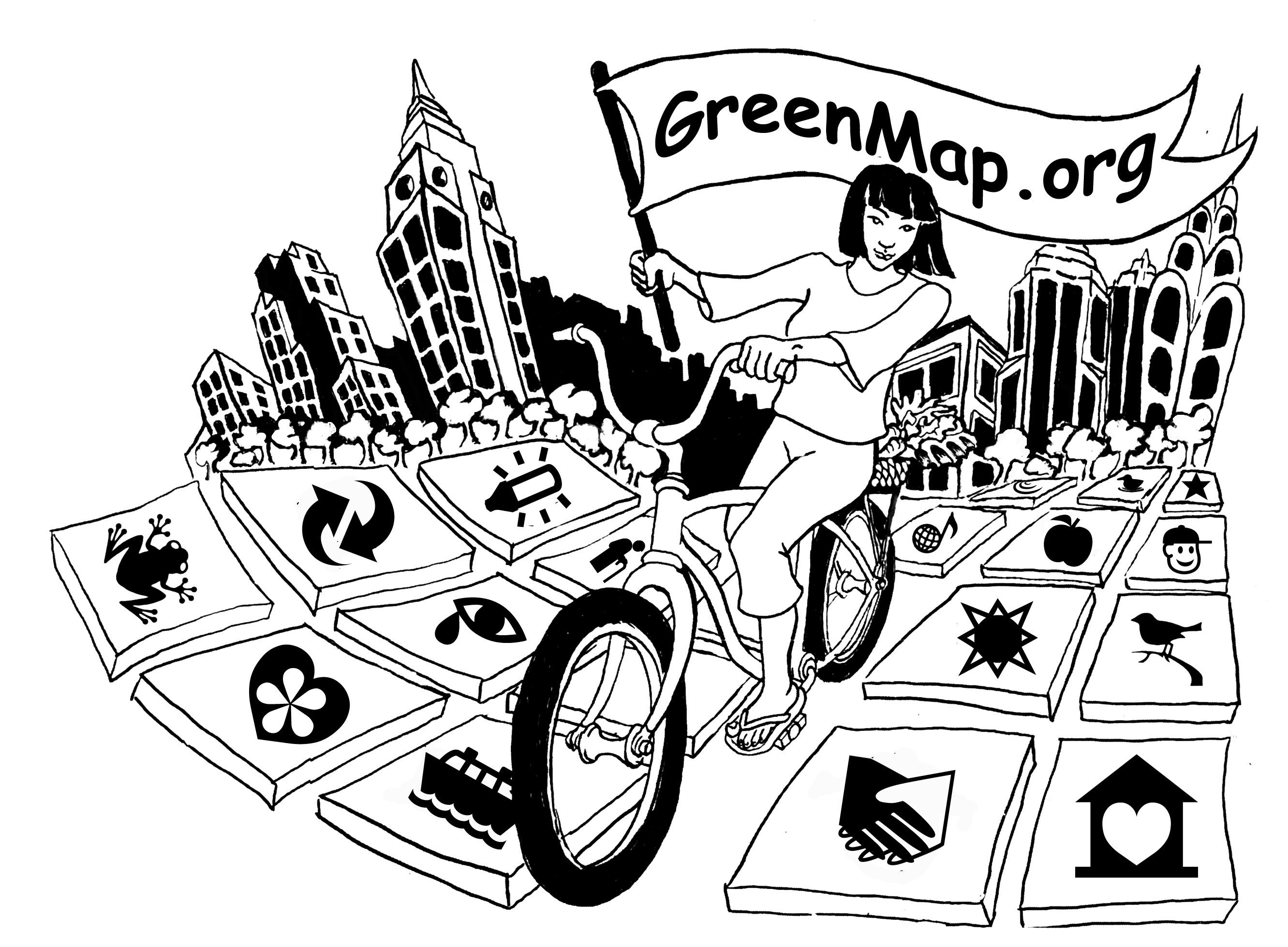Excerpt from “AN INTRICATE ENSEMBLE: THE ART-SCIENCE OF AN ECOLOGICAL IMAGINARY FOR THE ANTHROPOCENE EPOCH”
Alyce Santoro, 2019
At 5:30am on July 16, 1945, at the Alamogordo Bombing Range (a place that had been known by Spanish conquistadores as Jornada del Muerto, the route of the dead man) in the New Mexican desert, the Manhattan Project completed its Trinity Test, the detonation of an 18.6 kiloton plutonium bomb. As he watched the explosion, Dr. Robert J. Oppenheimer, director of the project, famously recalled a line from Hindu holy book the Bhagavad-Gita: “I am become death, the destroyer of worlds.” If it had not been widely apparent prior to this moment, it certainly became known immediately afterwards: Homo sapiens—“wise man”—had acquired the power, previously ascribed only to gods and other supreme forces, to annihilate itself. In addition to the nuclear threat, most of Earth’s human inhabitants now well understand that many other reckless activities engaged in by some threaten the existence of all. The entire biosphere is being catastrophically altered by a few hundred years’ worth of exploitative practices controlled by the wealthiest and most powerful, the majority of whom are now loathe to abandon the profit motive in favor of more egalitarian, less oppressive systems of social and economic organization. People around the world in all sectors of society are currently engaged in resistance to inhumane and ecocidal forces. The angst inherent in the Dadaist reaction to the senselessness of the post-World War I era seems all the more sensible in light of atrocities currently unfolding. In fact, the point made by the Romantic Naturalists and Surrealists—that an awareness of the “marvelous” aspects of existence serves a vital social function—remains highly
relevant to the times at hand: there is still much to be learned from those who never forgot existence is intra-active, and from those who refused, and continue to refuse, to submit to reductive thinking. For the oppressed, to cultivate and maintain an ability to imagine parallel or alternate possible presents remains a subversive act. René Ménil wrote: The land of the marvelous is the most stunning revenge we have…Man sees the intolerable limits of everyday life fall from him like so much tawdry finery. Everything really becomes possible for him. He can transgress his spatial boundaries: he transforms himself into a tree, an animal, a peaceful lake, so discovering precious secrets as in a game. He overcomes space by instantly crossing infinite distances. He holds past and future, space and time, life and death in his hands… In light of the current state of the world, Ménil’s words may seem almost excruciatingly optimistic. But giving all power to the imagination (l’imagination au pouvoir ) may remain among the most potent and accessible tactics available. As philosopher Herbert Marcuse stated (somewhat paradoxically), “Art cannot change the world, but it can contribute to changing the consciousness and drives of the men and women who could change the world.” To reiterate: this thesis is intended neither to assert that art can solve all problems, nor to claim modern science is inherently flawed. From a position of constructive critique, it has been my purpose, rather: 1. To establish creative practices as
Earthkeepers Handbook 2





















